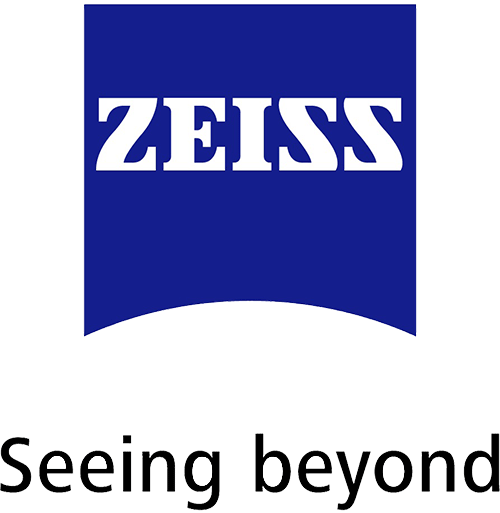Scientists have long used X-rays to peer within solid objects, but the recent rise of X-ray microscopy (XRM) means they are now able to probe the secrets of matter in ever greater detail. Unlike most forms of microscopy, XRM can deliver high resolution and contrast in three dimensions, and can do so without destroying samples.
Commercial lab-based XRM systems have a key role to play in 3D imaging and tomography, offering resolutions well beyond that of classical X-ray tomography or micro-CT. They can provide non-destructive 3D imaging of samples across a wide range of length scales, revealing features from nanometers to millimeters. They also offer a unique opportunity to study samples in situ to examine how the microstructure changes over time. With these strengths, it should come as no surprise that XRM is being used to study an ever-increasing range of materials, from biological samples to batteries to advanced alloys to geological material, for both research and industrial applications.
This publication offers an overview of the latest XRM technology and its unique advantages, and provides examples of how XRM is used in the real world.

